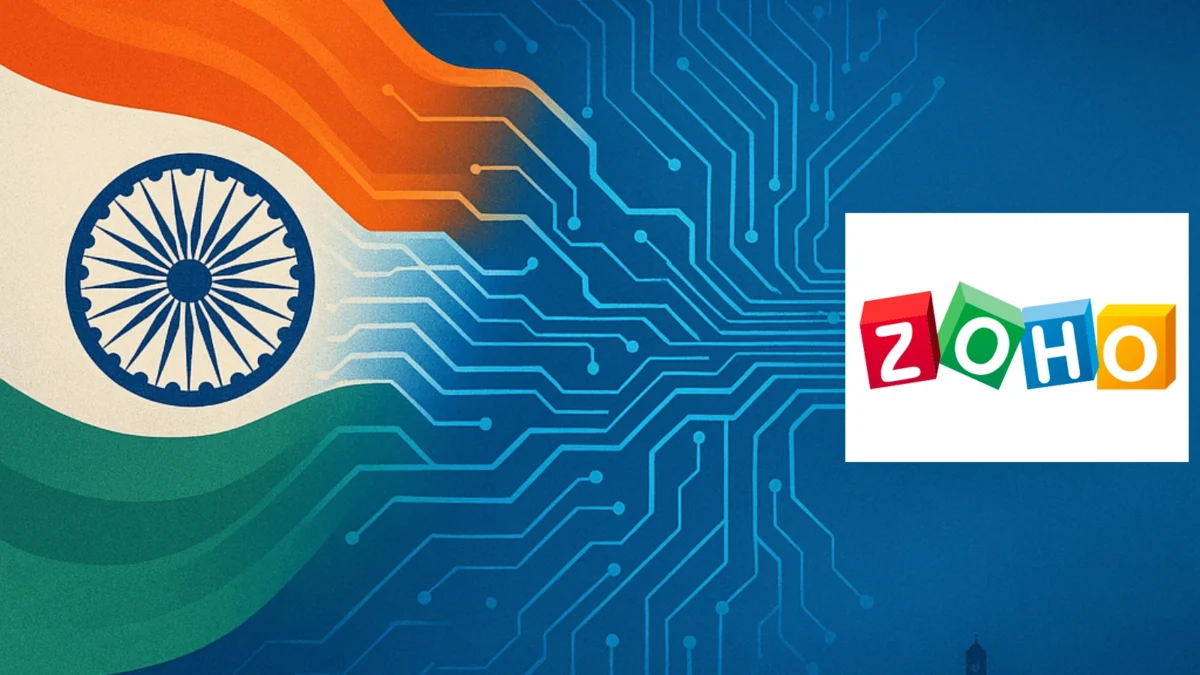When Union Home Minister Amit Shah announced his office would move to Zoho Mail, it sparked a wave of reactions online. Many hailed it as a patriotic leap toward “Swadeshi tech” and digital self-reliance.
But behind the applause lies a critical question: Can symbolic moves like this truly build India’s secure, scalable digital infrastructure?
The Broader ‘Swadeshi Tech’ Movement
Shah’s decision follows a growing government trend. The Education Ministry has already adopted the Zoho Office Suite, and IT Minister Ashwini Vaishnaw now uses the platform for official communication.
These steps fit India’s drive for digital sovereignty — keeping control over national data and tech infrastructure. For years, the Ministry of Electronics and IT (MeitY) has planned to migrate from NIC’s legacy email systems to secure, cloud-based SaaS platforms. Zoho, an Indian company headquartered in Chennai, aligns naturally with this strategy.
Why Zoho Mail Fits the Vision
Zoho is a poster child for “Atmanirbhar Bharat”, offering a full suite of homegrown productivity tools — from WorkDrive to Writer and Sheet. The company claims complete data localization, with servers in Mumbai, Delhi, and Chennai, along with enterprise-grade encryption, anti-phishing, and threat protection features.
For the government, it’s a way to strengthen national control while supporting a domestic tech success story.
The Real-World Challenges
Migrating decades of archived emails and attachments is no easy task. Ensuring seamless integration with NIC, PSUs, and inter-ministry portals is even tougher.
Reliability during the transition — uptime, backup, and redundancy — will be crucial. Plus, the system must ensure smooth interoperability with global partners using Gmail or Outlook.
Security and Accountability Questions
While Zoho’s privacy stance is strong, there are no publicly available independent security audits or penetration reports. Questions remain over vendor accountability, incident response, and potential vendor lock-in.
Experts have called for independent oversight and government-led audits to ensure transparency and long-term resilience.
People, Training, and Adoption
Beyond tech, human behavior poses hurdles. Many officials are accustomed to old systems, and retraining large bureaucratic teams takes time. Adapting to a new UI/UX may slow adoption — especially for less tech-savvy users. External correspondents must also adjust to new Zoho-based domains.
The Cost Equation
On paper, Zoho offers cost savings with domestic pricing and local support. But migration, training, and downtime can add hidden expenses. Some analysts suggest hybrid models or open-source alternatives to prevent overdependence on one vendor — even if it’s Indian.
Lessons from Abroad
Several countries have tried similar “digital sovereignty” models. France and Germany developed local cloud projects under GAIA-X, while Russia moved to domestic communications systems. Success has varied — strong on control, weak on usability and cost.
India’s own MeghRaj Cloud initiative showed that solid execution and oversight matter more than national pride alone.
Beyond Symbolism
Amit Shah’s Zoho Mail switch is powerful as a message — it says India believes in its own tech. But true digital independence will depend on execution: secure systems, transparent governance, and long-term reliability.
Symbolism can inspire. But it’s only when policy, people, and infrastructure align that India’s digital self-reliance dream truly takes flight.
Last Updated on October 18, 2025 by Lucy




